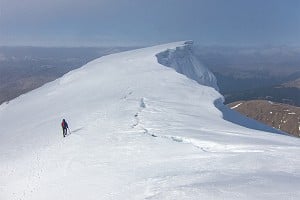
UKHillwalking has teamed up with Mountain Training to bring you a series of articles on the topics covered in their Hill & Mountain Skills scheme.
The scheme is ideal for people who want to get started in hill or mountain walking, and the courses are run throughout the year all over the UK. Each article is written by a different Mountain Training course provider about a particular area of the Hill & Mountain Skills syllabus, to give you a better idea of what the courses are all about.
But if you're a real hillwalking beginner then it's not just about the skills; even a question as apparently simple as what gear to bring may prove baffling. So here's Royal Marine Commando and Mountain Training course provider Barry Thomas with a basic kit list for UK summer hillwalking.
When you're starting out in hillwalking or mountaineering, the choice of clothing and equipment can be a bit of a minefield. Every season you hear horror stories of people being caught out because they were unprepared and ill-equipped for the terrain and conditions. This short article should give you a better understanding of what equipment is recommended to safely enjoy the hills and mountains of the UK.
A rucksack
First on the list for equipment has to be a rucksack. This can be quite a tricky choice when the market is full of everything from technical Alpine sacks to bog standard school bags. A capacity roughly 30L is more than enough for a day out. You should look for one that’s durable and comfortable for the weight of load you'll be carrying, and most importantly a rucksack that fits you. For this it's a good idea to go to an outdoor shop and try on loads with help from the shop staff.
Inside the rucksack
The list below is not exhaustive by any means; it's just the basics required to remain safe and comfortable all day in all weathers on the British hills.

Waterproof Jacket & Trousers
These will either be in your rucksack, or you will have them on. They don't need to be the most makes, models and fabrics, but they do need to be waterproof and fairly breathable to keep you comfortable when pushing towards that summit. Remaining dry under a set of waterproofs when it’s raining heavily in the hills is a relative concept but there are some good options available for all price brackets.
Spare Warm Jacket/Top
This will spend most of its time in your rucksack, ready to throw on each time you stop. It will be even better if it has a hood; an added bonus on very windy days. The choice between down (feathers) and synthetic may depend on the weather forecast and your budget, but essentially, down is better suited to cold dry environments whereas synthetic materials are more forgiving and better retain their warmth properties when wet.
Hat & Gloves
Depending on the weather these will either be in your rucksack or you’ll be wearing them. They don't need to be anything amazing, they just need to be that extra layer for your extremities to retain some warmth and block the wind. It can also be an idea to have a spare pair buried away just in case they get wet or blown away in the wind; this is particularly important in winter conditions.
Survival Bag / Group Shelter
Either will do; in general each will mainly live at the bottom of your rucksack and only come out in an emergency. The group shelter however can be used as a great hide away from the conditions during a lunch break. Also, kids love it and it can make the frequent breaks they require more fun for all.
First Aid Kit
This can be either a shop bought pack or one you have put together yourself. The important things to consider are what type of injuries you are most likely to deal with, and in a worst case scenario what would be the minimum kit that you’d want to have with you. The most common injuries/ailments are blisters and sprains so make sure your first aid kit is able to address these two things. Also, how are you going to keep the contents of your first aid kit dry? Wet plasters and soggy bandages aren’t much fun in an emergency so either put the whole kit in a dry bag or find some way to waterproof the contents individually.
Water
This can be in a hydration bladder which works well with a compatible rucksack because the tube and mouthpiece will always be available for you to have a drink. The other option is to carry your water in a plastic bottle(s) which will require you to stop walking in order to have a drink. Both have positive and negative points; a bladder bursting or leaking can be a nightmare but you are more likely to drink because it’s easily available, whereas stopping to drink can feel inconvenient, especially if it’s cold, but at least you’re better able to keep track of how much you have (or haven’t) drunk. How you carry your water is down to personal preference; the key things are that you’ve taken enough water in the first place and that you drink it throughout the day. When the weather is colder or you’re venturing higher up in the mountains, a flask is always a sound choice since a hot drink can be a great morale boast.
Food
It’s important to take adequate nutrition with you out on the hills, bearing in mind how many more calories you can expect to burn compared with a day sat at the desk. This could be anything from a packed lunch with all the trimmings to energy bars and boiled sweets. The key thing is that you’re taking high energy foods, and plenty of them. Fruit and nut mixes are a good healthy option and an easy thing to snack on throughout the day. In addition to my food for the day I normally keep a few high energy bars back for that ‘just in case’ scenario, buried away in my rucksack.
Walking Poles
A bit like the hydration bladder versus water bottle debate, walking poles divide opinion. People tend to either love them or hate them. I was always an avid ‘no poles required’ mountaineer, probably because of my military background where walking poles are rendered useless. That was until trying out a friend’s poles coming down from the Glyderau; the stress and impact it took off my knees was incredible and I fell in love with them from that day onwards. They can be a great aid for children as well and can give them more confidence on more unstable ground.
Headtorch
This is a must for anyone going walking in the hills. If the worst comes to the worst, having hands free lighting can be invaluable and may prevent a mishap from becoming a full on disaster. Spare batteries or even a spare torch are also a consideration for that ‘just in case’ scenario.
Spares
It’s always good to carry spares in the same sort of way you carry a spare tyre for your car. My spares bag of tricks contains some extra batteries for my head torch and GPS. I also have a multi tool which can come in very handy for a range of tasks. Some tape (ideally wide, heavy duty tape) is always good to repair rips and holes in waterproofs and rucksacks. And my number one spare has to be boot laces; they weigh nothing but can be invaluable if a lace snaps at the top of a big mountain route.
Keeping it all dry
Waterproofing the contents of your rucksack is important and there are two main options; either one large dry bag/rubble sack or individual dry bags. You'll need to decide for yourself which system works best for you. The large dry bag is helpful for just starting out as it’s less expensive, but it can be a bit of a nightmare finding the items you require and needs planning when packing. Stashing your stuff in several separate dry bags may be more expensive (dry bags aren't cheap) but it is far better for keeping your gear organised, particularly and with rucksacks that offer side or bottom entry to the main compartment.
Navigation Aids
Map
For the UK hills there are a range of maps available, most notably Ordnance Survey (OS) and Harvey maps. These come in different scales, the most common being 1:50,000, 1:40,000 and 1:25,000, each with more detail of the area being covered. If the map isn't laminated then a waterproof map case will be required otherwise you will end up with mushed up paper, especially in the great British weather. For more about maps see this article from the Mountain Training skills series: Find Your Way Around a Map
Compass
As with maps there are a range of compasses available from advanced ones with sighting mirrors, to the most basic models. A simple compass with a base plate is all you need to start out with as you will mostly be using it to orientate your map and perhaps to follow the occasional bearing. For more info on basic compass skills see this recent article from the Mountain Training series: The Compass
GPS (Global Positioning System)
These can be a great bit of kit, provided they are used correctly and not solely relied upon. A GPS can give you that extra bit of confidence about your location and may also be used to provide an exact fix in an emergency situation.
With all of the above navigation aids it’s pointless carrying them unless you know how to use them correctly. Once you have these simple skills you will find yourself being more confident and adventurous when planning your own adventures into the hills.
About Barry Thomas
Barry Thomas is a serving Royal Marine Commando and also owns the mountaineering company Crag 2 Mountain. He has over 10 years experience in the mountains of the UK and is a course provider of the Hill & Mountain Skills Scheme for Mountain Training. He also offers guided expeditions and rock climbing days including climbing coaching. For more info see his website
About Mountain Training
Mountain Training’s aim is to educate and train people in walking, climbing and mountaineering. The Hill & Mountain Skills scheme has been designed for beginner and novice hill walkers so that they can be confident about planning and safely enjoying their own walks. There are providers the length and breadth of the country who deliver these courses on behalf of Mountain Training and they run throughout the year. Find a course near you.
Mountain Training also administers a range of nationally-recognised mountain leadership, instruction and coaching awards, such as the Lowland Leader, Mountain Leader and Climbing Wall Award.
For more info visit their website

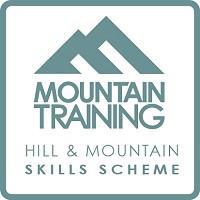
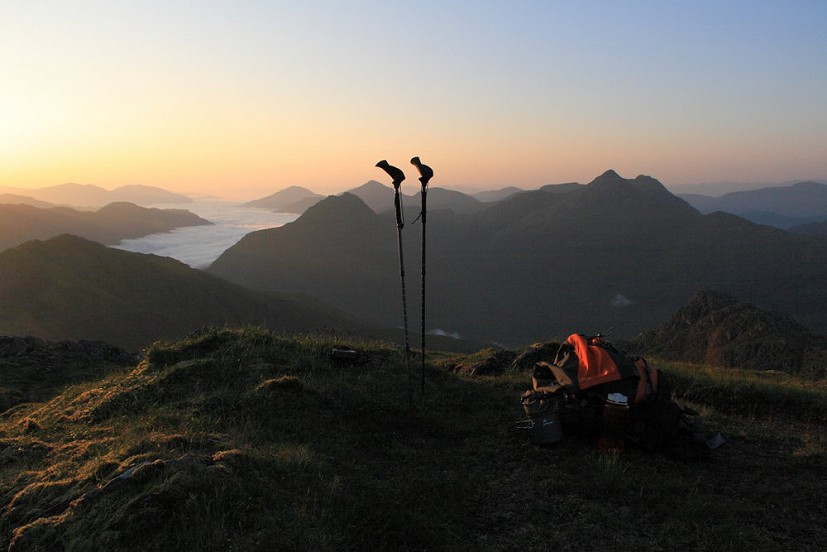
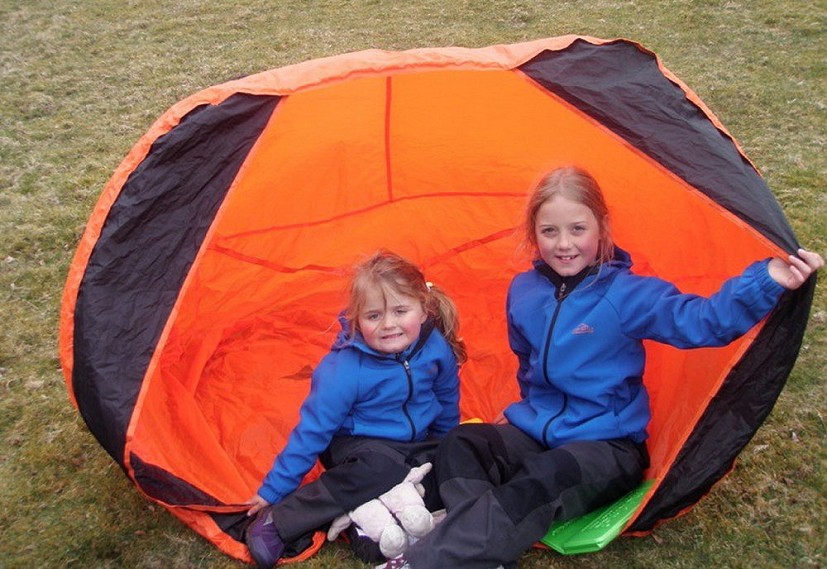

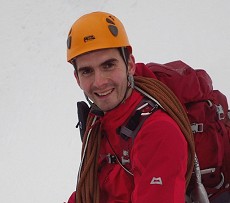

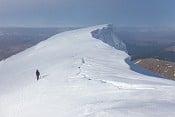
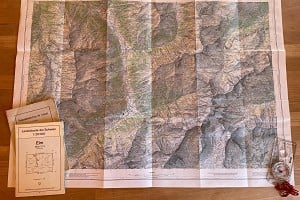
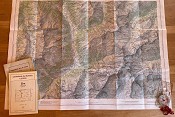
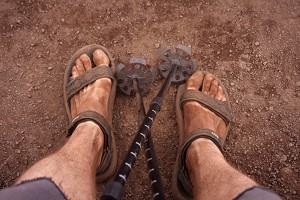
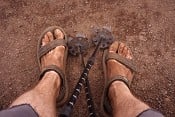




Comments